Panamanian Pokuit butterfly, having a rose pedigree and a distinct rose flavor.
For professional baristas, please follow the coffee workshop (Wechat official account cafe_style)
Panama is a Central American country bordered by Costa Rica to the west and Colombia to the east. Anyone who knows anything about individual coffee should know that Panamanian coffee is famous in the coffee world as the geisha Geisha (the name of Rosa) in the Emerald Manor. It can be said that it is a country that strives for excellence in coffee and is rich in high-quality coffee.
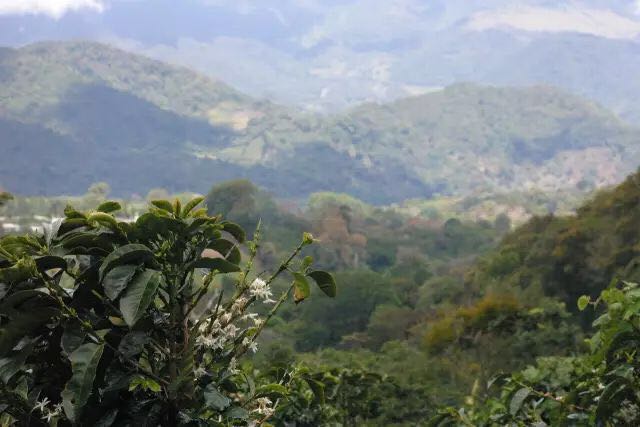
Panamanian coffee is famous for the rosy summer of the Emerald Manor, which is also famous in the Boquete region of its Chiriqui province. Boquete is a town of Chiriqui in the province of Ricki, located near the border between Panama and Costa Rica, close to the famous Baru Baru volcano, with rich and fertile soil, climate and soil that are suitable for producing quality coffee.
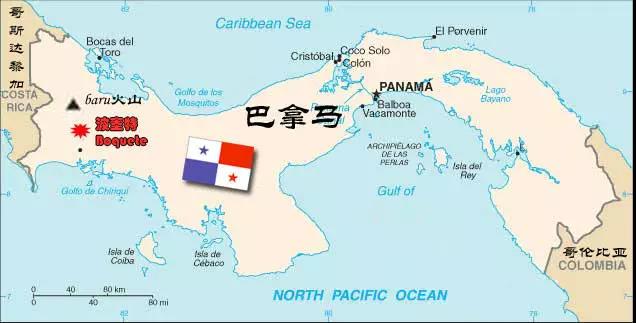
There are many excellent estates in the Pokuit producing area, except the famous Emerald Manor, Alida Manor, Catova Duncan Manor and so on, all of which produce high-quality boutique coffee. This is not only due to the superior ecological conditions of the Pokuit region of Panama and the fertile volcanic ash soil of the Baru volcanic land.
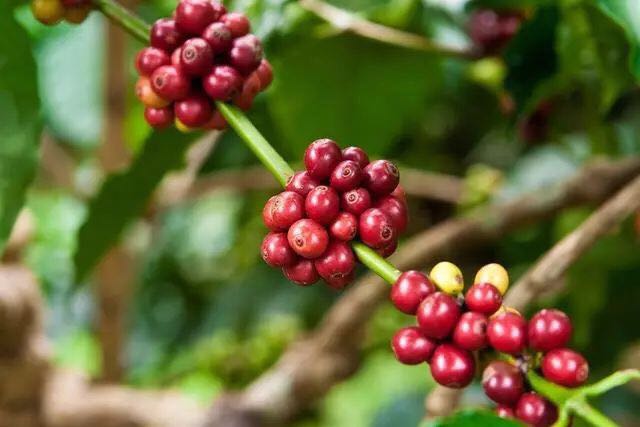
Another important factor is that the microclimate in the Poquet Heights of Panama is a unique and important resource for boutique coffee in the Pokuit region. This is the Panamanian environment from east to west that allows cold air to converge above 6500 feet through the Central Mountains, thus creating a variety of microclimates in the Pokuit region, making its temperature and rainfall very suitable for plant growth. so the coffee trees grown here grow very well.
Then in the land of Pokuit, there is a bean with a high performance-to-price ratio. And it has a very beautiful name-Flower Butterfly.
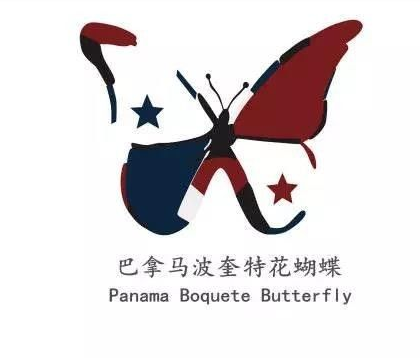
Flower butterfly has 40% Mel 50% rose summer high quality pedigree, composed of rose summer geisha, Kaddura Caturra, Kaduai Catuai, three varieties, planted in the Baru volcano region of Pokut, growing in the volcanic area 1600 meters above sea level, the treatment plant uses fine washing treatment, Panama's special local microclimate leads to abundant rainfall in this area, and a large temperature difference between day and night, coupled with the unique volcanic rock soil of the volcanic area. As well as meticulous harvesting and fine treatment, this coffee performs well in terms of richness, acidity and floral aroma.
What is more surprising is that on the basis of very excellent quality, the very people-friendly price of this coffee bean makes the performance-to-price ratio of this coffee bean. What is special about this coffee bean is that it has a rose summer variety, which gives this coffee a distinct rose summer flavor.
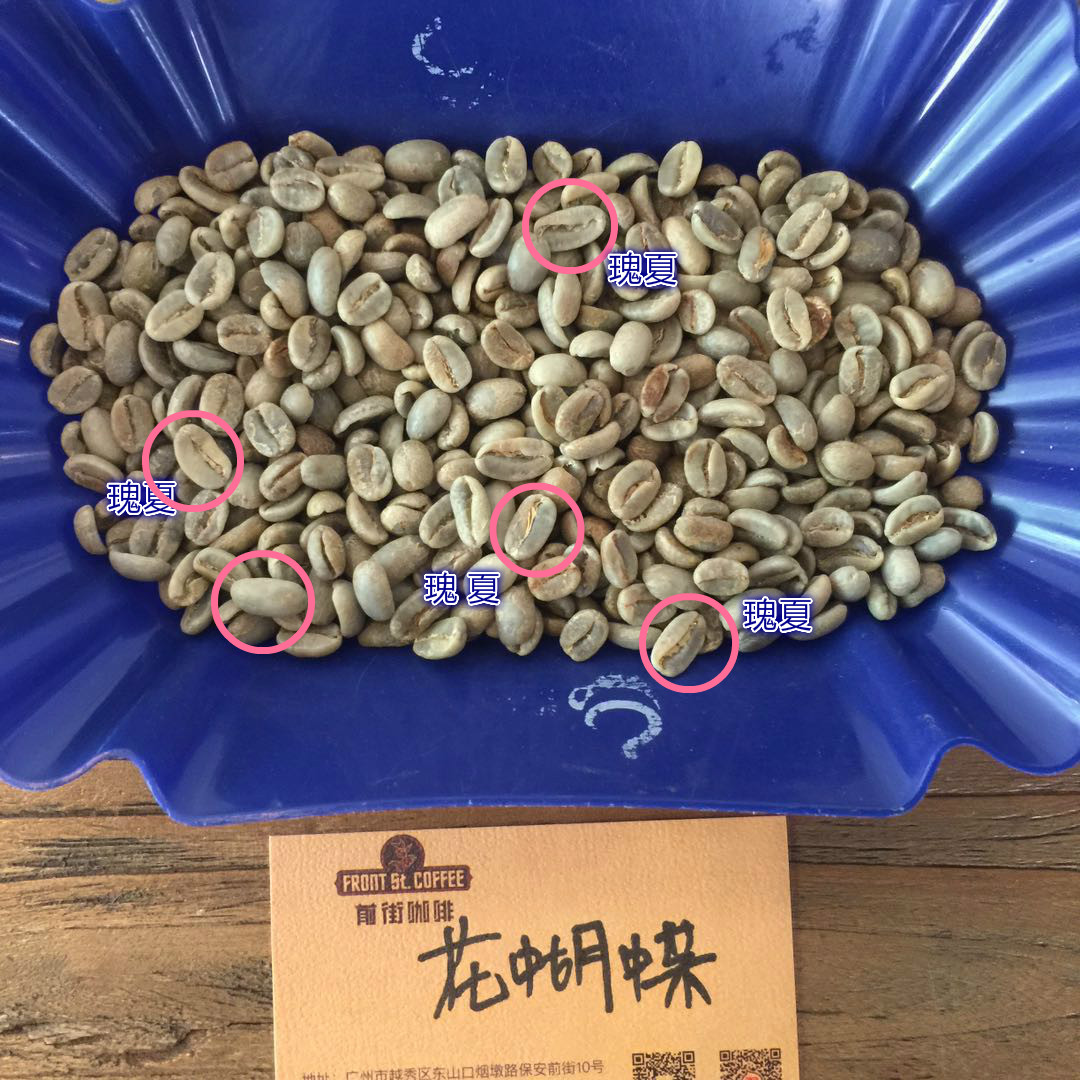
Is Flower Butterfly a mix of beans?
According to the information obtained, due to the historical reasons of the manor, in order to pursue yield at that time, the early Rosa varieties were mixed with the coffee trees of Kaddura and Kaduai, and in order to facilitate picking, coffee farmers did not reclassify them, but directly mixed the three varieties.
No, the three varieties in the flower butterfly are all from the same place and the same area, so it belongs to the single bean!
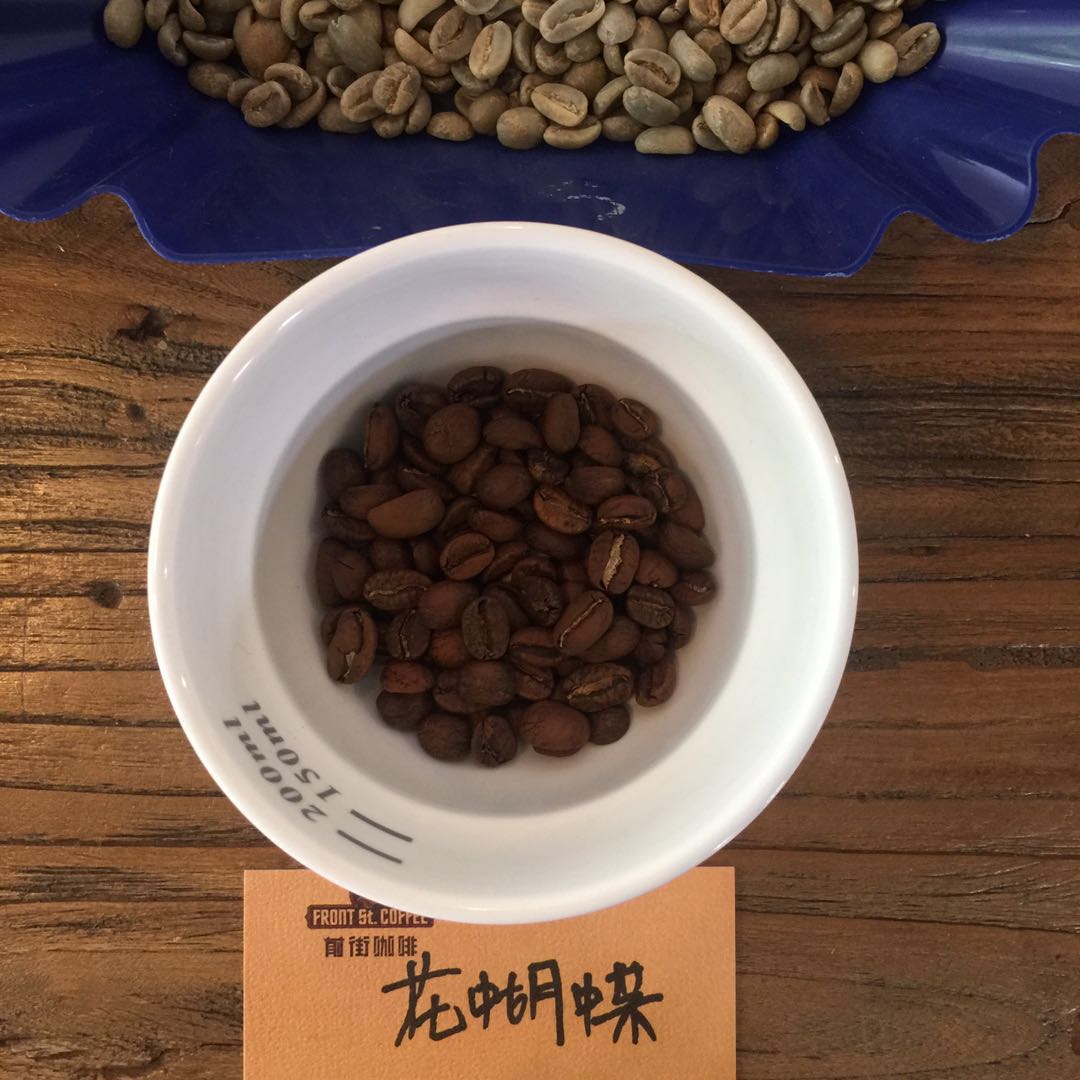
[name]: Panamanian Flower Butterfly
[producing area]: Bogut boquete Baru Volcano region
[variety]: Kaduai, Kaddura, Rosa Geisha
[treatment]: washing
[recommended baking degree]: moderate (shallow baking)
[raw bean specification]: 17 mesh
Because of the particularity of this [flower butterfly] in the variety, we used medium-shallow baking to complete the final flavor trend of this bean, and decided to shorten the time of Maillard reaction and run a faster curve. Due to the high density and high hardness of beans, they began to be dehydrated by high fire, and before the explosion, the fire was put down to reduce the temperature rise and enter the explosion, so as to retain the loss of small molecules such as flower fragrance, so that it does not destroy the unique fragrance of flowers and white grapes, caramel, honey and black tea.
The baking quantity is 550g (full load) into the bean.
Bean temperature: 200 degrees
Burst point: 184.5 degrees plus or minus 0.5 degrees @ 8:31 seconds plus or minus 3 seconds
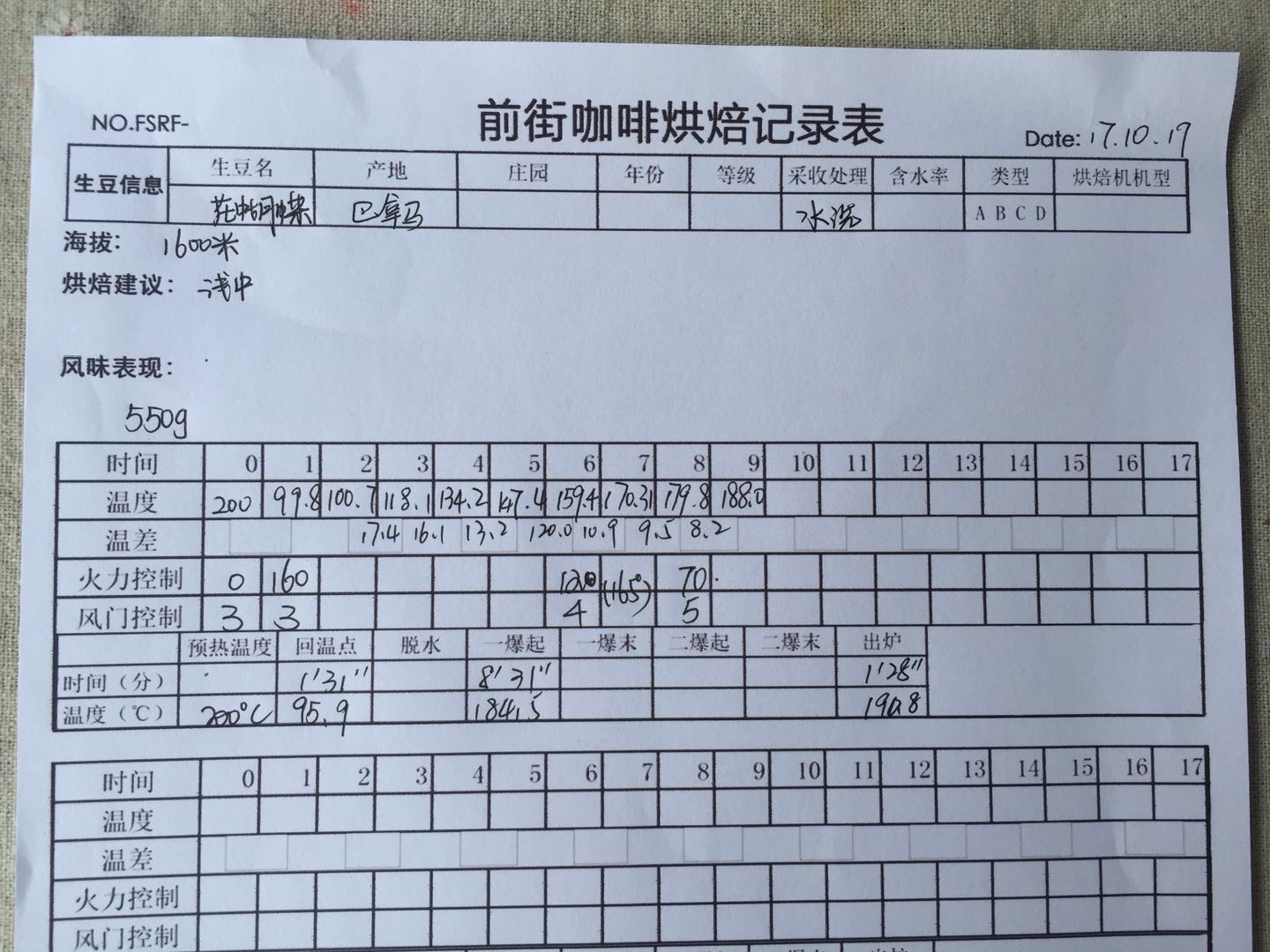
The next day, the results of the cup test are as follows:
Wet incense: citrus (Citrus), jasmine (jasmine hints)
Flavor: peach (peach), grape (grape), caramel (caramel), honey)
[how to cook]
Suitable for: hand drip filter, siphon kettle, French pressure kettle, ice dripping kettle, siphon kettle, ear bag
[hand flushing record]
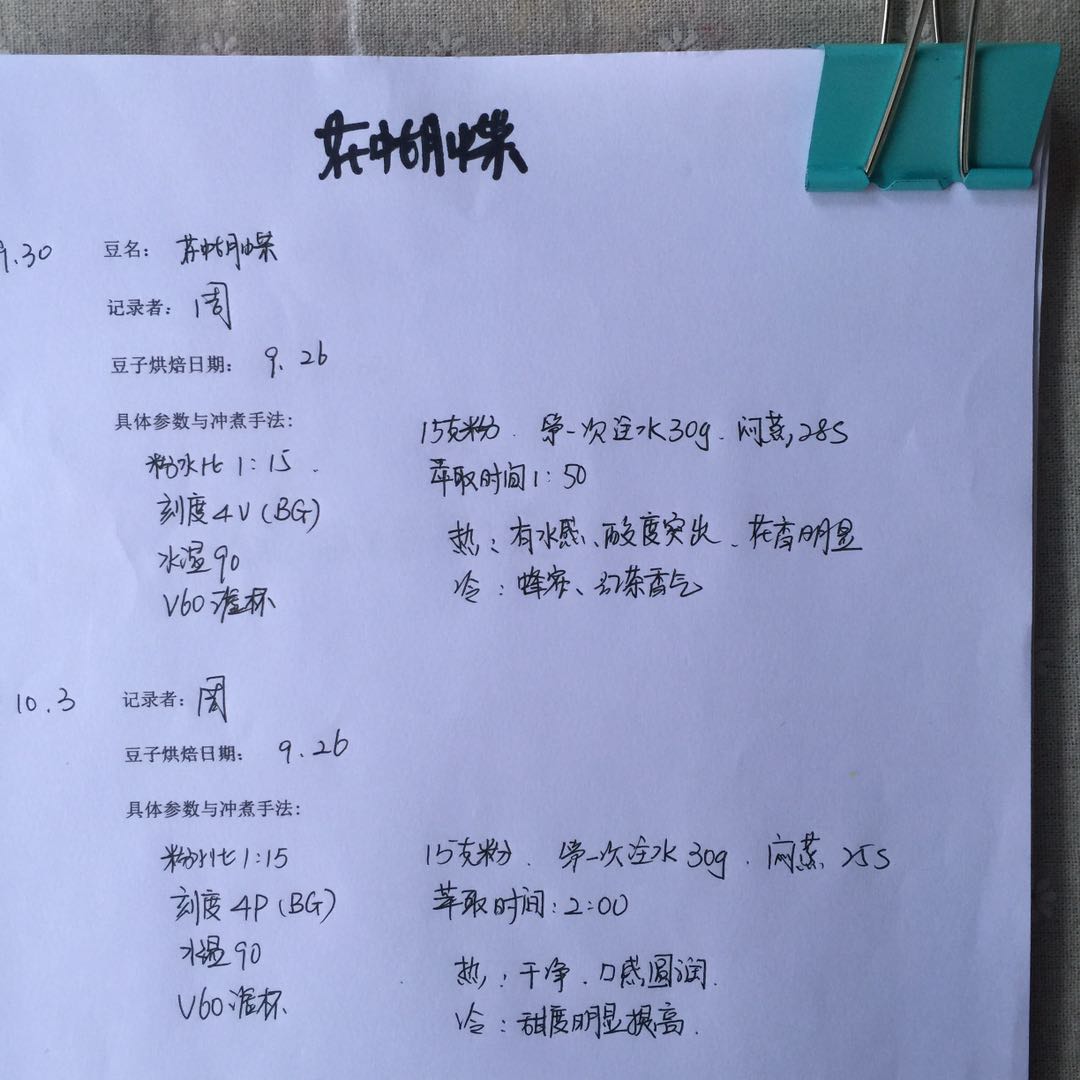
[hand punching reference]
Hand flush Panamanian Flower Butterfly, V60, recommended 15g powder, 89-90 degrees water temperature, gouache ratio 1:15, small Fuji grind degree 3.5pm v60 filter cup, the first injection of 30g water for 28-30s, injection to 110g water, cut off water at 140g, wait for powder bed water to half and then water injection, slow water injection until 225g water, 5g in the last section, not 5g, extraction time 2night 00s.
This hand punch, high sweetness and soft sweetness, for reference only, we fine-tune according to their favorite taste.
Flavor: clean and thorough body, white grape, caramel aroma followed by honey, Alpine black tea aroma charming! High sweetness, medium acidity and round taste.
Other cooking methods: hand flushing, cake cup
Degree of grinding: 3.5 (Fuji R440, Japan)
Water temperature: 90 °C
Normal pressure, recommended 4 degree of grinding / water temperature 90 °C
Philharmonic pressure, recommended 3.5 grinding degree, water temperature 87 °C
Siphon: 4 degree of grinding, water temperature 90-91 °C
Disclaimer: organized and edited by "Coffee Workshop", please indicate that this article is intended to spread coffee culture, if infringement, please inform deletion, thank you!
Important Notice :
前街咖啡 FrontStreet Coffee has moved to new addredd:
FrontStreet Coffee Address: 315,Donghua East Road,GuangZhou
Tel:020 38364473
- Prev
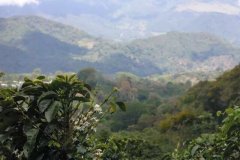
Panamanian Pokuit butterfly
For the exchange of professional baristas, please follow the coffee workshop (Wechat official account cafe_style) Panama is a Central American country bordered by Costa Rica to the west and Colombia to the east. Anyone who knows anything about individual coffee should know that Panamanian coffee is famous in the coffee world as the geisha Geisha (the name of Rosa) in the Emerald Manor. It can be said that he strives for excellence and is rich in coffee.
- Next
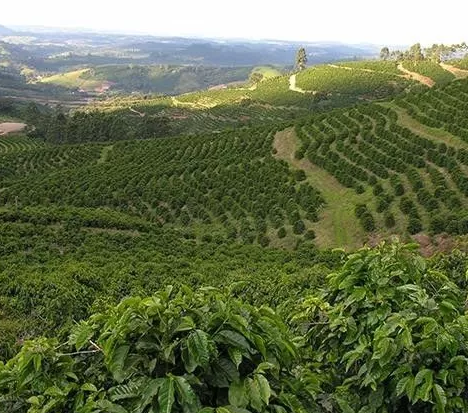
Queen of Brazil Estate Yellow Bourbon| Coffee Workshop Study Room
This coffee comes from Fazenda Rainha (Queen's Estate), which covers an area of 280 acres and is located in Vale da Grama, an ancient volcanic valley in Brazil. In 2011, the estate won the Brazilian COE competition. Fazenda Rainha belongs to the famous and respected Carvalho Dias family.
Related
- Does Rose Summer choose Blue, Green or Red? Detailed explanation of Rose Summer Coffee plots and Classification in Panamanian Jade Manor
- What is the difference between the origin, producing area, processing plant, cooperative and manor of coffee beans?
- How fine does the espresso powder fit? how to grind the espresso?
- Sca coffee roasting degree color card coffee roasting degree 8 roasting color values what do you mean?
- The practice of lattes: how to make lattes at home
- Introduction to Indonesian Fine Coffee beans-- Java Coffee producing area of Indonesian Arabica Coffee
- How much will the flavor of light and medium roasted rose summer be expressed? What baking level is rose summer suitable for?
- Introduction to the characteristics of washing, sun-drying or wet-planing coffee commonly used in Mantenin, Indonesia
- Price characteristics of Arabica Coffee Bean Starbucks introduction to Manning Coffee Bean Taste producing area Variety Manor
- What is the authentic Yega flavor? What are the flavor characteristics of the really excellent Yejasuffi coffee beans?

